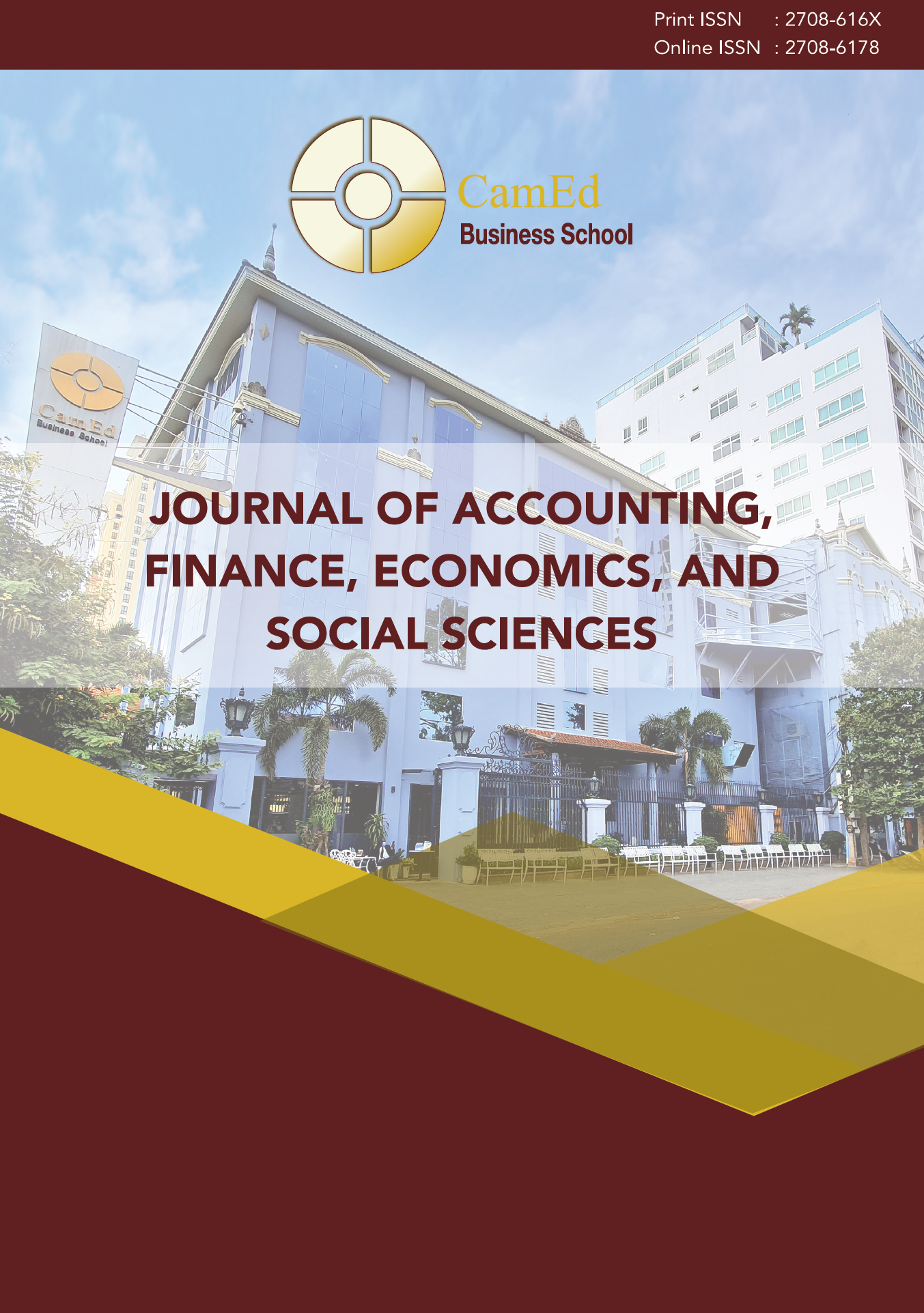Cambodia's Pathway to Education 4.0
##plugins.themes.bootstrap3.article.main##
Abstract
This research paper seeks to analyze an ongoing fourth industrial revolution and its implications for tertiary education. The paper starts with a brief review of the Industry 4.0 framework, highlighting its trajectory, features, and main attributes. As technological advancement, disruption, and automation of processes appear to be the undeniable hallmarks of Industry 4.0, the global economy is undergoing a significant transformation – thus creating new economic winners and losers, while dodging the conventional East-West, North-South geo-economic divide. With these changes occurring on an unprecedented scale, the limits of traditional tertiary education are being laid bare, revealing a growing mismatch between skills acquisition provided by public universities, and the skills required by businesses. Thus, this paper argues that Education 4.0 should not only be viewed as a necessary requirement for bridging the widening gap between industry and academia, it has become a critical interface for Industry 4.0, with its added focus on relevant and up-to-date acquisition of knowledge, skills, values, and attitudes that are required in the workplace. The section of the paper which presents an analysis of Education 4.0’s implementation in Cambodia, proposes a course of action that the relevant stakeholders are compelled to take in order to allow tertiary education to carry out its predominant function: producing futureready graduates. In its conclusion, the research paper argues that given the magnitude of the ongoing industrial revolution, technological disruptions will only intensify in the future. Therefore, creating a set of comprehensive Education 4.0 policies will become a task of utmost urgency, which policy makers can no longer ignore.
Keywords:
Industrial revolutions, industry 4.0, technology, disruption, automation, education 4.0, CambodiaArticle Metrics Graph
##plugins.themes.bootstrap3.article.details##
Most read articles by the same author(s)
- Martin Sviatko, ASEAN’s Dilemma: China and Its South China Sea’s Stance , Journal of Accounting, Finance, Economics, and Social Sciences: Vol. 5 No. 2 (2020)
- Martin Sviatko, Why ASEAN’s Post-Pandemic Economic Recovery will be Mainly China-Dependent? , Journal of Accounting, Finance, Economics, and Social Sciences: Vol. 6 No. 1 (2021)





